- Lush Foliage and Vibrant Blooms
- Highlighted Plants
- Tropical Vibes
- Table of Exotic Plants in August
- Thriving in Summer Heat
- Palm Trees
- Cacti
- Succulents
- Drought-Tolerant Flowers
- Proper Irrigation
- Tropical Beauties Under the Sun
- Bird of Paradise
- Hibiscus
- Banana Plant
- Palm Trees
- Tropical Foliage
- Rare and Spectacular Species
- Unusual Shapes and Colors
- 1. Dragon Fruit
- 2. Bird of Paradise
- 3. Pitcher Plant
- 4. Black Bat Flower
- 5. Blue Jade Vine
- A Paradise for Plant Enthusiasts
- Exotic Plant Species
- Immersive Garden Displays
- Educational Opportunities
- Community Engagement
- Conclusion
- Caring for Exotic Plants
- 1. Understanding the Specific Needs
- 2. Proper Watering Techniques
- 3. Creating the Right Environment
- 4. Implementing Fertilization
- 5. Regular Maintenance and Pest Control
- 6. Providing Support
- 7. Winter Care
- Creating an Exotic Oasis
- Plant Selection
- Garden Layout
- Water Features
- Decorative Elements
- Question-answer:
- What are the best exotic plants to grow in August?
- How can I care for exotic plants in August?
- What are some common pests that can affect exotic plants in August?
- Are there any specific diseases that exotic plants are prone to in August?
- What are some tips for propagating exotic plants in August?
- Are there any specific exotic plants that thrive in shade in August?
- Video: Tropical Garden Tour with Exotic Tropical Plants (with plant names!)
August is a month of vibrant colors and blooming beauty in the garden. As the summer heat reaches its peak, exotic plants take center stage, enchanting visitors with their unique characteristics and captivating scents. From tropical orchids to flamboyant hibiscus, the garden transforms into a true oasis of awe-inspiring flora.
One of the standout plants in August is the orchid, known for its exquisite and delicate flowers. Orchids come in a variety of shapes, sizes, and colors, making them a true spectacle for any garden enthusiast. These fascinating plants require special care, as they thrive in specific temperature and humidity conditions. However, the effort is well worth it when one witnesses the breathtaking sight of an orchid in full bloom.
Another exotic plant that steals the show in August is the hibiscus. This tropical beauty boasts large, colorful blossoms that seem to defy gravity with their enchanting shapes. The hibiscus plant thrives in the warm summer weather, and its vibrant blooms truly embody the essence of August. Whether it’s a bold red, sunny yellow, or soft pink, the hibiscus adds a touch of tropical paradise to any garden.
August is a month of discovery and fascination in the garden. With a careful selection of exotic plants, one can create a dreamlike atmosphere that transports visitors to far-off lands. The garden becomes a sanctuary of tranquility, filled with an array of colors, scents, and textures that awaken the senses. As August unfolds, take a moment to appreciate the beauty of these exotic plants and let them inspire you to create your own slice of paradise.
Lush Foliage and Vibrant Blooms
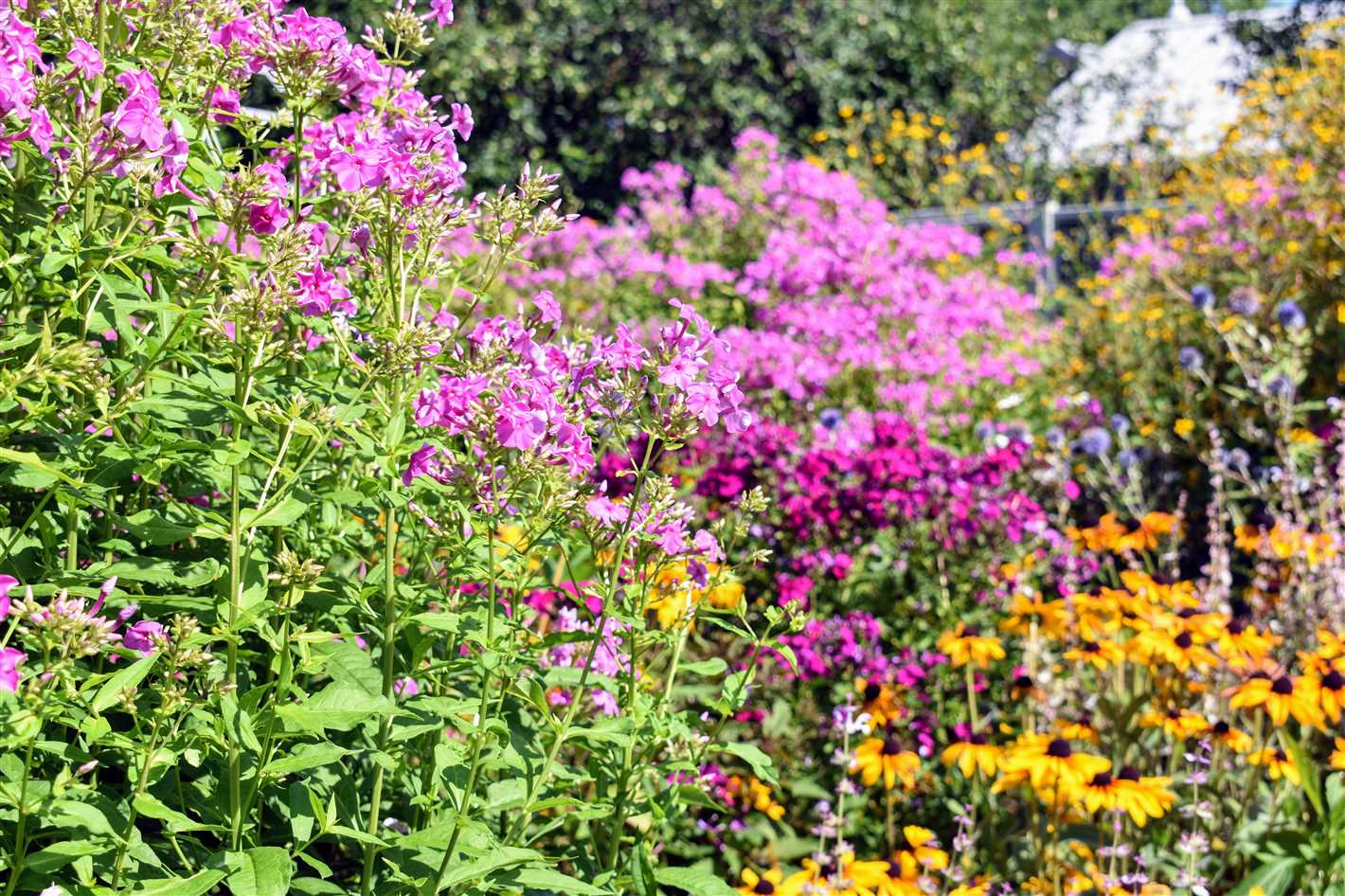
- The garden in August is a sight to behold with its lush foliage and vibrant blooms.
- The various exotic plants have flourished under the summer sun and are now showcasing their beauty.
- One of the highlights is the towering palm trees with their large, fan-shaped leaves that create a tropical paradise ambiance.
- Accompanying the palm trees are colorful flowering plants that add pops of brilliant hues to the garden.
- The bright red blooms of the Hibiscus plant and the delicate purple petals of the Bougainvillea are a sight to behold.
The foliage of the garden is equally impressive, with a mix of textures and shades of green that create a pleasing visual tapestry.
Highlighted Plants
Hibiscus: Known for its tropical beauty and vibrant colors, the Hibiscus plant is a favorite among garden enthusiasts. Its large, showy flowers come in a variety of colors, including red, yellow, pink, and white.
Bougainvillea: This plant is named after the French explorer Louis Antoine de Bougainville, who discovered it in Brazil. It is known for its papery, brightly colored bracts that surround its tiny white flowers. The bracts come in shades of purple, pink, orange, and red.
Tropical Vibes
The combination of lush foliage and vibrant blooms creates a tropical atmosphere in the garden. Visitors can escape to a mini paradise, surrounded by exotic plants that transport them to faraway destinations.
Table of Exotic Plants in August
| Plant | Bloom Color |
|---|---|
| Hibiscus | Red, Yellow, Pink, White |
| Bougainvillea | Purple, Pink, Orange, Red |
| Palms | N/A |
As August continues, more exotic plants will continue to bloom and bring their unique beauty to the garden. Visitors are encouraged to come and experience the lush foliage and vibrant blooms for themselves.
Thriving in Summer Heat
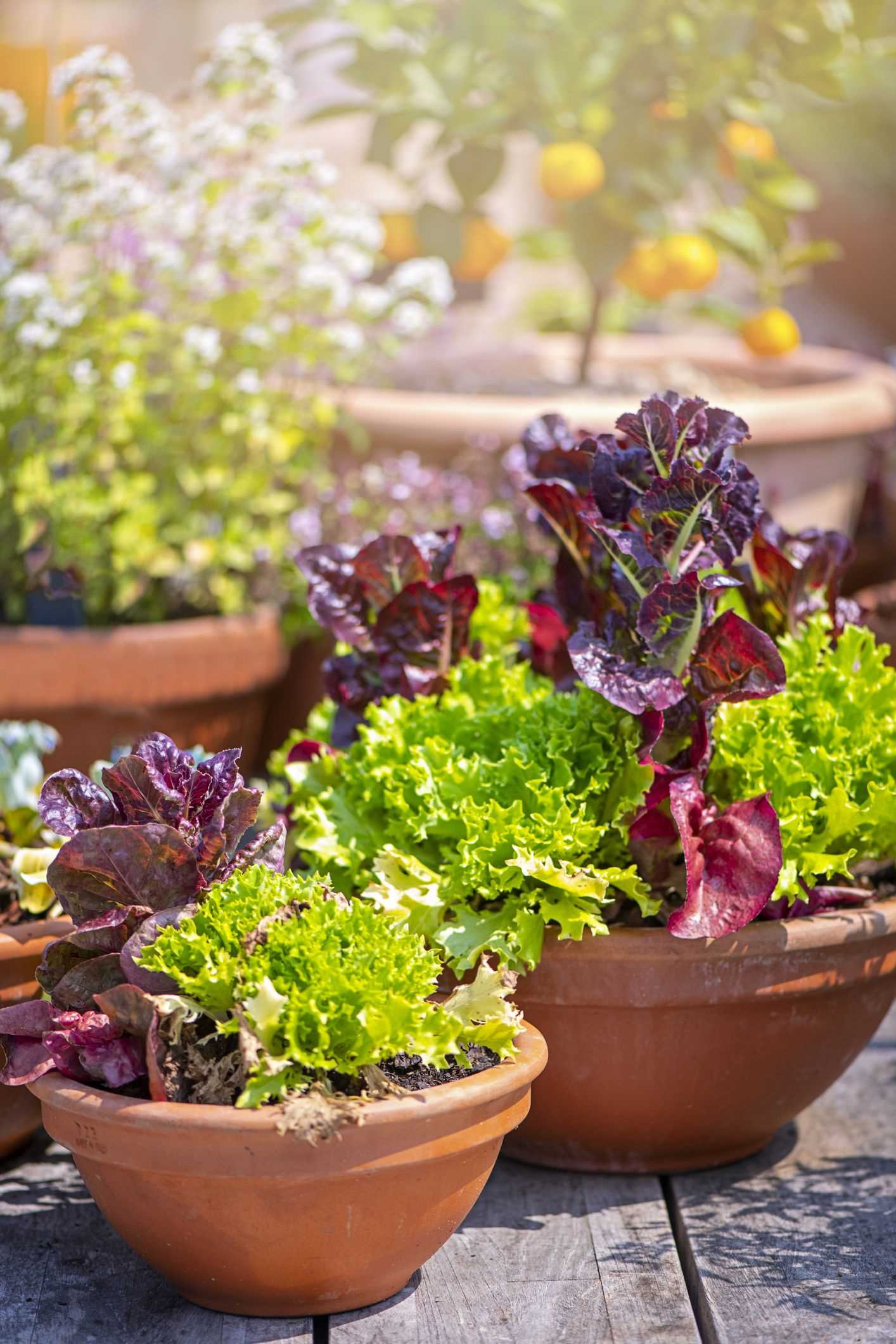
Summer can be a challenging time for many plants, but some exotic species in our garden have proven to be resilient in the face of the scorching heat. Here are a few examples:
Palm Trees
Palm trees are well-known for their ability to thrive in hot climates. With their large, fan-shaped leaves and deep root systems, they are able to withstand high temperatures and drought conditions. In our garden, the palm trees are flourishing, providing shade and an exotic touch to the landscape.
Cacti
Cacti are known for their ability to store water, making them perfectly adapted to arid environments. These spiky plants have been thriving in the summer heat, with their fleshy stems and thick skin helping them retain moisture and survive the dry conditions.
Succulents
Succulents are another group of plants that have adapted well to hot and dry climates. Their thick, fleshy leaves are able to store water, allowing them to survive in arid conditions. Our collection of succulents has been thriving, adding pops of color and texture to the garden.
Drought-Tolerant Flowers
In addition to the exotic plants mentioned above, we have also introduced a variety of drought-tolerant flowers into our garden. These include species such as lavender, yarrow, and sedum, which are able to withstand hot and dry conditions without needing excessive watering. Their vibrant colors and delightful fragrances have been a highlight of our garden this summer.
Proper Irrigation
While many of these exotic plants are able to thrive in the summer heat, proper irrigation is still essential to their survival. We have implemented a watering schedule that ensures the plants receive enough moisture without overwatering. This includes deep watering, allowing the water to reach the roots of the plants, and avoiding watering during the hottest part of the day to prevent water evaporation.
Overall, the exotic plants in our garden have been thriving in the summer heat. Their ability to adapt to hot and dry conditions, paired with proper irrigation, has allowed them to flourish and add beauty to our landscape.
Note: It is important to research the specific care needs of each exotic plant before introducing it to your garden. Some plants may require specific humidity levels, soil types, or other conditions in order to thrive.
Tropical Beauties Under the Sun
If you are looking to add a touch of exotic beauty to your garden, August is the perfect time to do so. With the warmth of the summer sun, tropical plants thrive and create a stunning display of colors and textures. Here are some tropical plants that you should consider adding to your garden this month:
Bird of Paradise
The Bird of Paradise, also known as Strelitzia, is a striking plant with vibrant orange and blue flowers. It is native to South Africa and thrives in warm, sunny climates. The flowers resemble the shape of a bird, hence the name. This plant will definitely make a statement in your garden!
Hibiscus
Hibiscus is another tropical beauty that is known for its large, showy flowers. With their bright colors and prominent stamens, hibiscus flowers are hard to miss. They come in a variety of colors, including red, yellow, pink, and white. Keep in mind that hibiscus plants enjoy moist soil and lots of sunlight.
Banana Plant
Adding a banana plant to your garden will give it a lush and tropical feel. Banana plants require a lot of sunlight and regular watering to thrive. They are fast-growing and can reach impressive heights, creating a dramatic focal point in your garden. Plus, who wouldn’t want to have their own banana tree?
Palm Trees
No tropical garden is complete without palm trees. These majestic trees instantly transport you to a beach paradise. Palms come in various shapes and sizes, from tall and slender to short and bushy. They add a touch of elegance and provide much-needed shade on hot summer days.
Tropical Foliage
If you want to add a tropical vibe to your garden without relying solely on flowers, consider incorporating plants with lush foliage. Elephant ears, ferns, and calatheas are excellent choices. Their big, vibrant leaves create a tropical oasis and bring a sense of relaxation to your outdoor space.
By adding these tropical beauties to your garden, you can create your own little slice of paradise right at home. Just imagine sitting among the vibrant colors and lush foliage, soaking up the sun, and feeling like you’re on a tropical island. Embrace the warmth of August and let your garden showcase its tropical side!
Rare and Spectacular Species
One of the highlights of our exotic garden in August is the presence of several rare and spectacular plant species. These unique plants add a touch of excitement and intrigue to our garden, captivating visitors with their beauty and distinctiveness.
Here are some of the most remarkable species that you can find in our garden:
Blooming Cactus: This rare cactus species only flowers once a year, and August is the month when it puts on an incredible show. The vibrant and colorful blooms are a sight to behold, attracting a myriad of pollinators.
Black Bat Flower: With its dark purple petals and long, trailing whiskers, the Black Bat Flower is a striking and enigmatic plant. Native to Southeast Asia, it blooms in August and is pollinated by bats, hence its name.
Ghost Orchid: Considered one of the most elusive and cryptic orchids, the Ghost Orchid is a true wonder of nature. Its intricate white flowers and pale green leaves create an ethereal appearance that is awe-inspiring.
King Protea: This majestic flower is native to South Africa and is the largest of all protea species. Known for its impressive size and stunning petals, the King Protea symbolizes courage, diversity, and transformation.
Visitors to our garden are often amazed by the sight of these rare and spectacular species. They provide a unique opportunity to witness nature’s extraordinary creations up close and personal. Don’t miss the chance to explore our exotic garden and immerse yourself in the world of these exceptional plants.
Unusual Shapes and Colors
The garden in August is a feast for the eyes, with a stunning array of exotic plants displaying unusual shapes and colors. Here are some of the highlights:
1. Dragon Fruit
The dragon fruit is one of the most visually striking plants in the garden. Its vibrant pink color and unique shape make it a real showstopper. The fruit itself is also a sight to behold, with a gorgeous deep purple flesh speckled with tiny black seeds.
2. Bird of Paradise
The bird of paradise plant boasts large, unusual flowers that resemble a bird in flight. The flower has a bright orange color and features elongated petals that resemble a bird’s beak and plumage. It truly looks like a tropical bird has landed in the garden.
3. Pitcher Plant
The pitcher plant is a carnivorous plant that captures insects in its unique-shaped pitchers. These pitchers come in various colors, from green to red, and have an interesting shape that resembles a trumpet or pitcher. It’s a fascinating sight to see these unusual plants in action.
4. Black Bat Flower
The black bat flower is a rare and remarkable plant that gets its name from its unique shape and color. It has large, bat-like flowers that are deep purplish-black and feature long whiskers. It’s a truly striking plant that adds a touch of darkness and intrigue to the garden.
5. Blue Jade Vine
The blue jade vine is a climbing plant with stunning flowers that are a bright blue-green color. The flowers hang in long clusters, creating a cascading effect. Seeing this vibrant blue color in the garden is a mesmerizing sight.
These are just a few examples of the unusual shapes and colors you can find in the garden in August. Each plant brings its own unique beauty and adds an exotic touch to the surroundings. It’s a true visual feast for anyone who appreciates the wonders of nature.
A Paradise for Plant Enthusiasts
If you are a plant enthusiast, you will find our garden in August to be a true paradise. With its diverse collection of exotic plants, there is something for everyone to enjoy and admire.
Exotic Plant Species
Our garden boasts a wide variety of exotic plant species from all around the world. From colorful orchids to towering palm trees, each plant is unique and captivating in its own way.
One of the highlights of our collection is the rare Venus flytrap, known for its carnivorous nature. Watching these plants catch insects in their traps is a sight to behold and a fascinating example of nature’s ingenuity.
Immersive Garden Displays
We have designed our garden to be an immersive experience for visitors. As you walk through the paths, you will be surrounded by lush greenery, vibrant flowers, and intricate foliage.
The garden is divided into themed sections, each showcasing a different type of plant or region of the world. Whether you are interested in tropical plants or desert succulents, there is a section that will capture your imagination.
Educational Opportunities
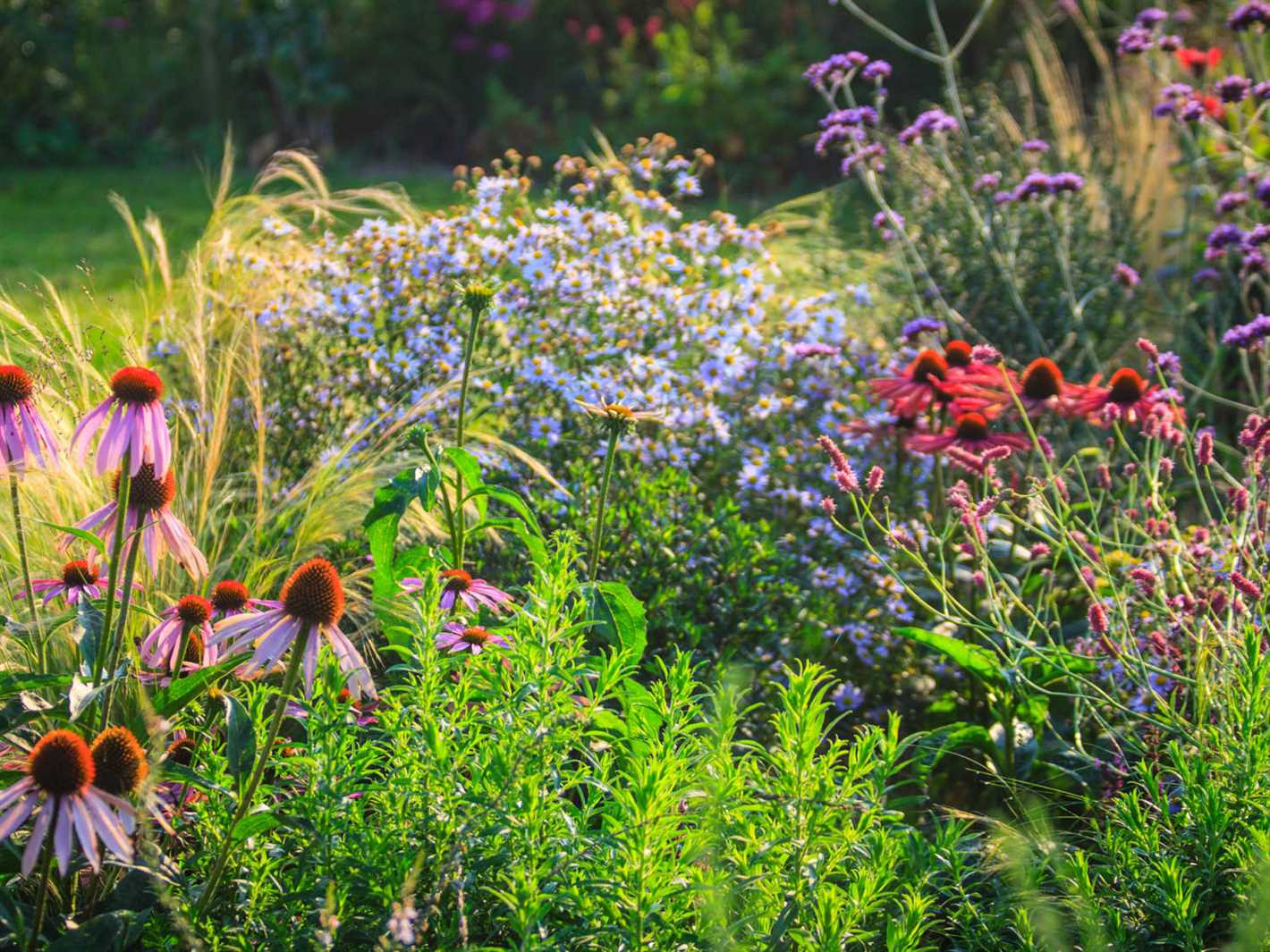
In addition to being a beautiful space, our garden also provides educational opportunities for plant enthusiasts. We offer guided tours where knowledgeable staff members can provide in-depth information about the different plant species and their unique characteristics.
For those who are interested in learning more about gardening and plant care, we also offer workshops and classes. Whether you are a beginner or an experienced gardener, there is always more to discover and learn.
Community Engagement
We believe in the importance of community engagement and are dedicated to sharing our love for plants with others. Throughout the year, we host events such as plant sales, garden parties, and lectures.
These events provide opportunities for plant enthusiasts to connect with fellow plant lovers, exchange ideas, and expand their knowledge. It is also a chance for us to give back to the community and promote the importance of green spaces.
Conclusion
Whether you are a seasoned plant enthusiast or just starting your journey into the world of gardening, our garden in August offers a paradise of exotic plants and a wealth of knowledge to explore. Come visit us and immerse yourself in the beauty of nature!
Caring for Exotic Plants
1. Understanding the Specific Needs
- Exotic plants often have specific needs regarding light, humidity, and temperature.
- Research the particular requirements of each plant, as caring for them can vary significantly.
- Consider factors such as indigenous regions and natural habitats when determining how to care for your exotic plants.
2. Proper Watering Techniques
- Provide the appropriate amount of water based on the specific requirements of each plant.
- Do not overwater or underwater, as both can lead to root rot or dehydration.
- Use a well-draining soil mix and water the plants thoroughly, letting the excess water drain out.
- Monitor the soil moisture level regularly and adjust the watering frequency accordingly.
3. Creating the Right Environment
- Provide adequate sunlight or shade, depending on the plant’s needs.
- Some exotic plants prefer direct sunlight, while others thrive in partial shade.
- Place the plants in suitable locations around your garden or indoor space.
- Control the humidity levels, especially for tropical plants, by either misting them or using a humidifier.
4. Implementing Fertilization
- Use a balanced fertilizer that is suitable for exotic plants.
- Follow the instructions on the fertilizer packaging to determine the appropriate application frequency.
- Avoid over-fertilization, as it can lead to nutrient burn and damage the plants.
5. Regular Maintenance and Pest Control
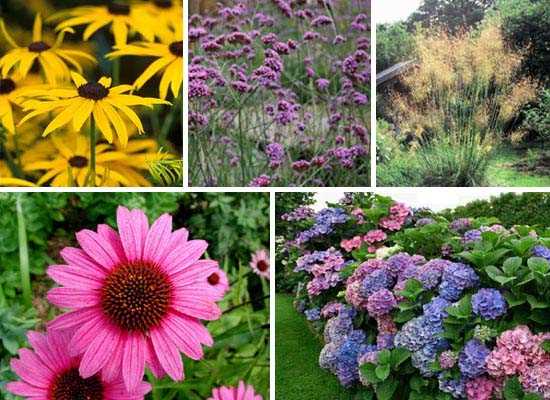
- Inspect the plants regularly for any signs of pests or diseases.
- Remove any dead leaves or stems to maintain the health and appearance of the plant.
- Consider using organic pest control methods to minimize the use of chemicals.
6. Providing Support
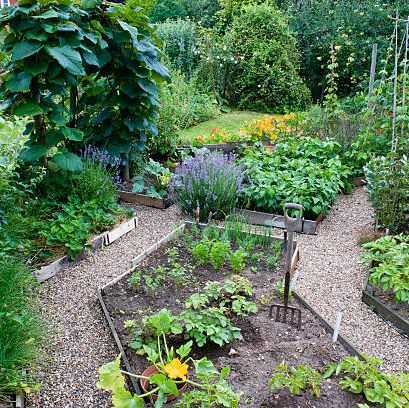
- If your exotic plants have climbing or vining growth habits, provide them with appropriate support structures like trellises or stakes.
- Prune the plants as needed to shape and maintain their desired form.
- Ensure that the support structures are securely anchored to prevent damage from strong winds or heavy rains.
7. Winter Care
- Some exotic plants are not winter-hardy and may require special care during colder months.
- Move the plants indoors or provide them with additional protection, such as mulching or covering with frost cloth.
- Monitor the temperature and humidity levels to maintain a suitable environment for the plants during winter.
By following these care tips, you can ensure the health and vibrancy of your exotic plants throughout the year.
Creating an Exotic Oasis
When designing your garden, you can aim to create an exotic oasis by incorporating a variety of unique and exotic plants. By carefully selecting the right plants and arranging them in a thoughtful way, you can transform your garden into a tropical paradise.
Plant Selection
- Start by choosing plants that are native to tropical regions, such as palm trees, orchids, and hibiscus.
- Consider the climate in your area and choose plants that are suitable for your specific conditions. Some tropical plants are more cold-hardy than others.
- Look for plants with vibrant flowers or interesting foliage to add visual interest to your garden.
Garden Layout
When planning the layout of your garden, consider creating different levels or focal points to add depth and visual appeal.
- Use tall palm trees or bamboo to create a canopy and provide shade.
- Place larger plants towards the back of the garden and smaller plants towards the front to create layers.
- Group plants with similar colors or textures together to create cohesive and visually pleasing arrangements.
Water Features
Add a touch of tranquility to your exotic oasis with the addition of water features.
- Consider installing a small pond with water lilies or a cascading waterfall.
- Place potted water plants on the surface of the water to add color and texture.
- Include a seating area near the water feature to create a relaxing space to enjoy your garden.
Decorative Elements
To enhance the exotic feel of your garden, don’t forget to include decorative elements.
- Add colorful outdoor cushions and throw pillows to your seating area.
- Incorporate statues or sculptures that are reminiscent of tropical cultures.
- Hang strings of twinkling lights or lanterns to create a warm and inviting atmosphere in the evenings.
By following these tips and being creative with your choices, you can create your own exotic oasis that will transport you to a different world every time you step into your garden.
Question-answer:
What are the best exotic plants to grow in August?
In August, some of the best exotic plants to grow are the Bird of Paradise, Hibiscus, and Bougainvillea. These plants thrive in warm weather and add a splash of color to any garden.
How can I care for exotic plants in August?
To care for exotic plants in August, make sure to provide them with sufficient water, especially during hot and dry spells. It is also important to fertilize them regularly and protect them from strong winds or excessive sunlight.
What are some common pests that can affect exotic plants in August?
Some common pests that can affect exotic plants in August include aphids, mealybugs, and spider mites. It is important to regularly inspect the plants for any signs of infestation and take appropriate measures to control the pests.
Are there any specific diseases that exotic plants are prone to in August?
Exotic plants can be prone to diseases such as powdery mildew, leaf spot, and root rot in August. Proper care and prevention measures, such as providing good air circulation and avoiding overwatering, can help prevent these diseases.
What are some tips for propagating exotic plants in August?
Some tips for propagating exotic plants in August include taking cuttings or dividing established plants. It is important to use a well-draining soil mix, provide the right amount of moisture, and place the cuttings or divisions in a warm and bright area for optimal growth.
Are there any specific exotic plants that thrive in shade in August?
Yes, there are several exotic plants that thrive in shade in August. Some examples include the Japanese painted fern, hosta, and impatiens. These plants can add beauty and color to shaded areas of the garden.







